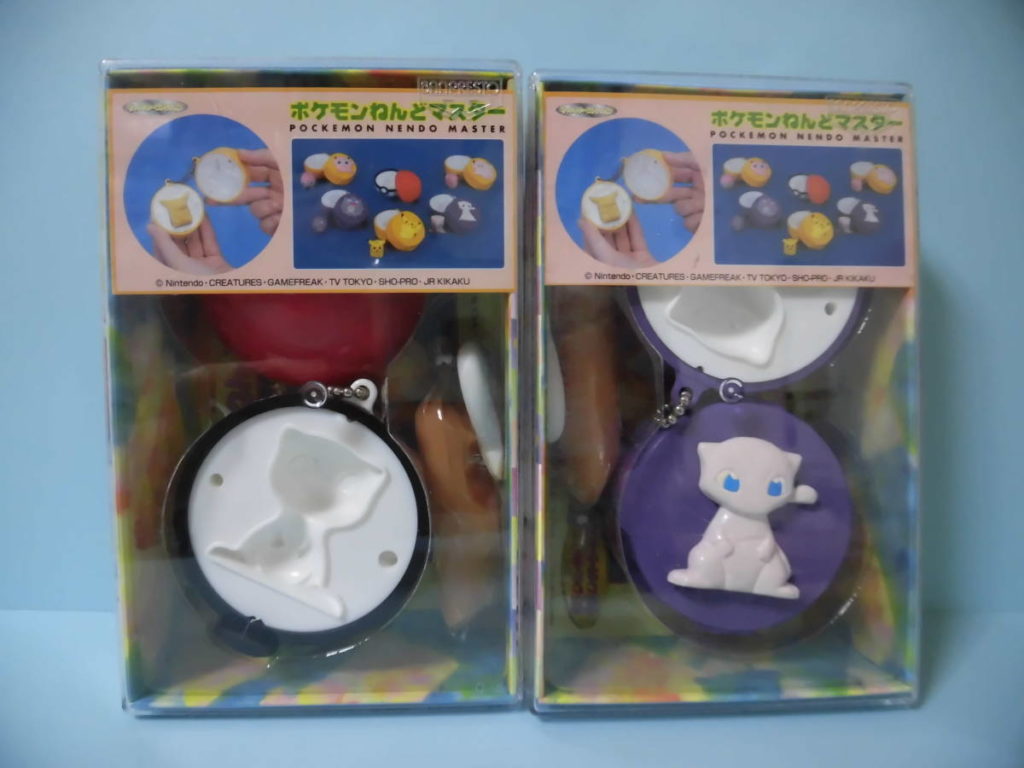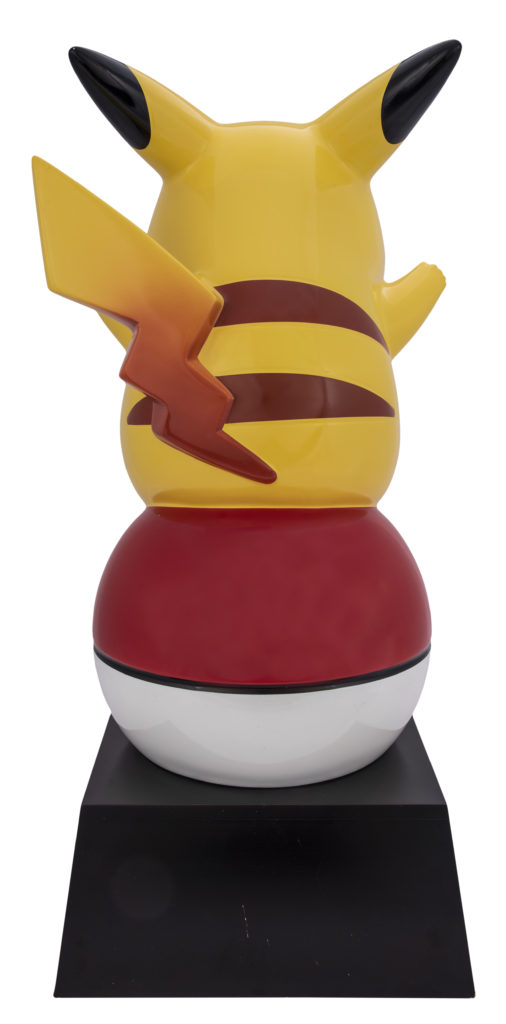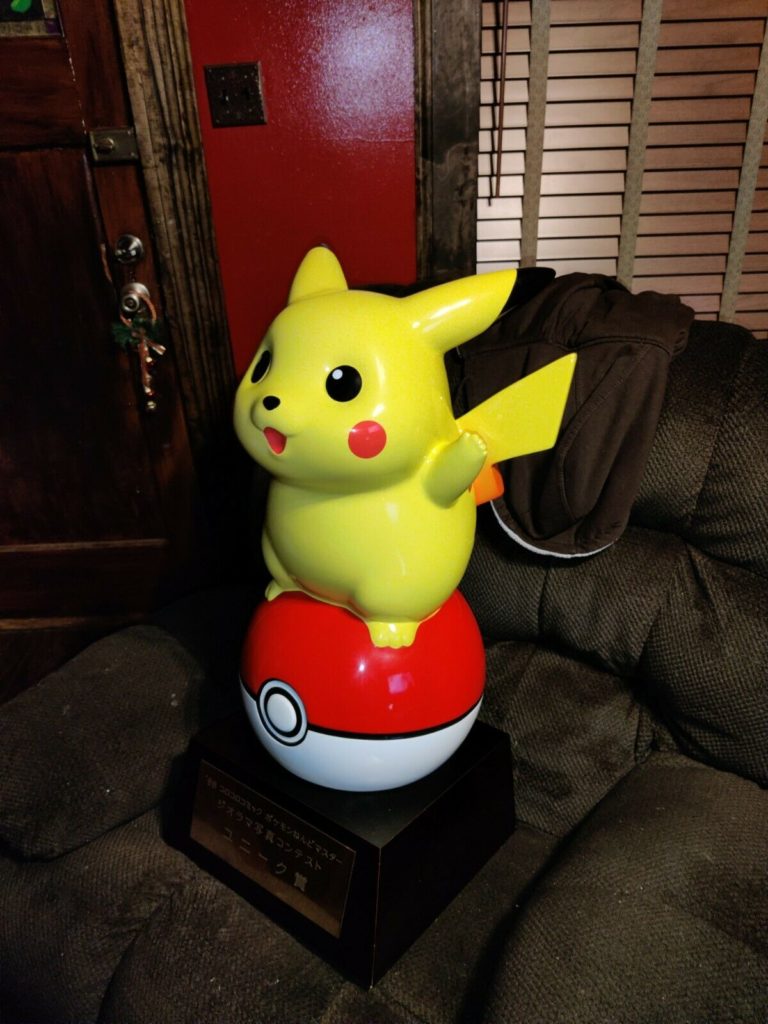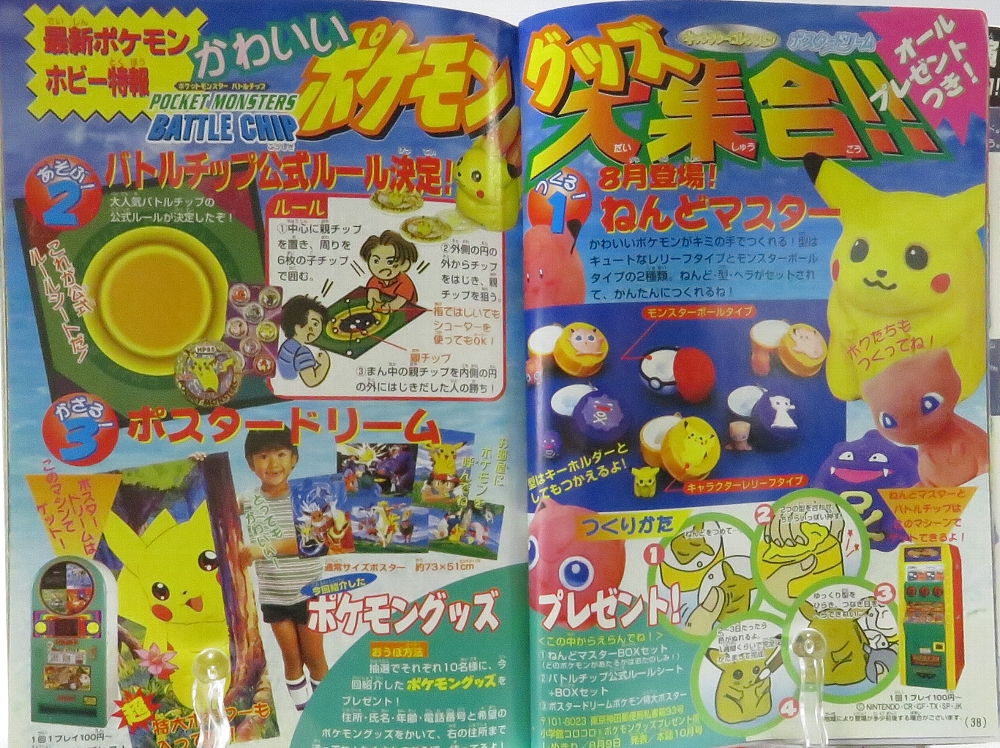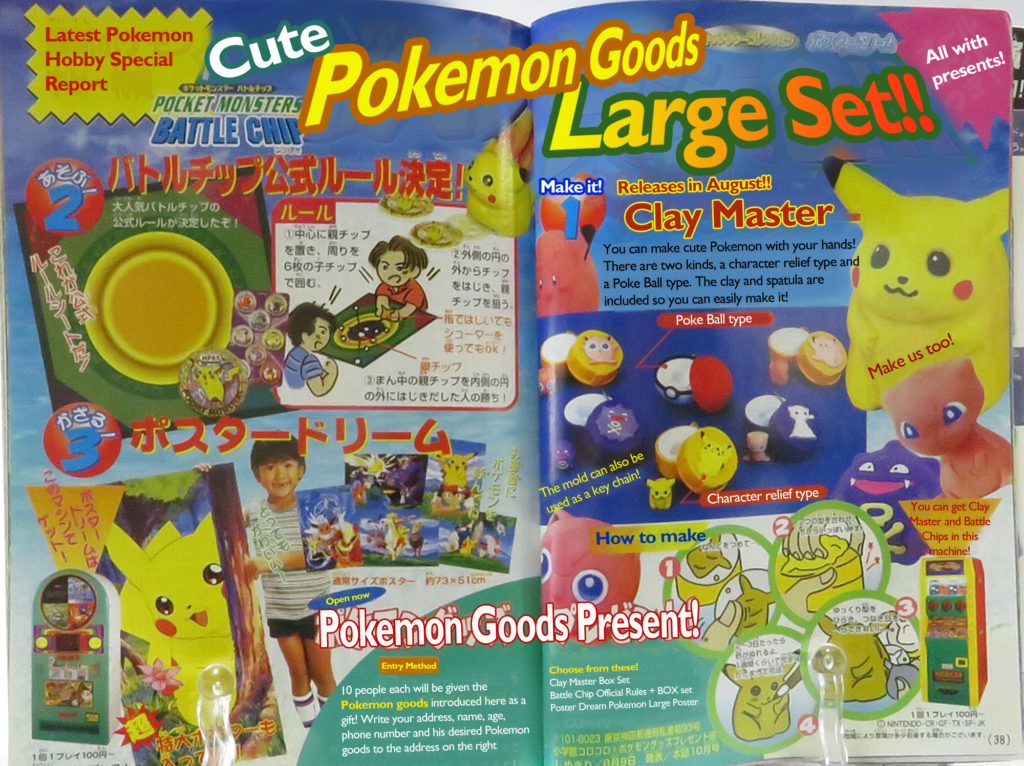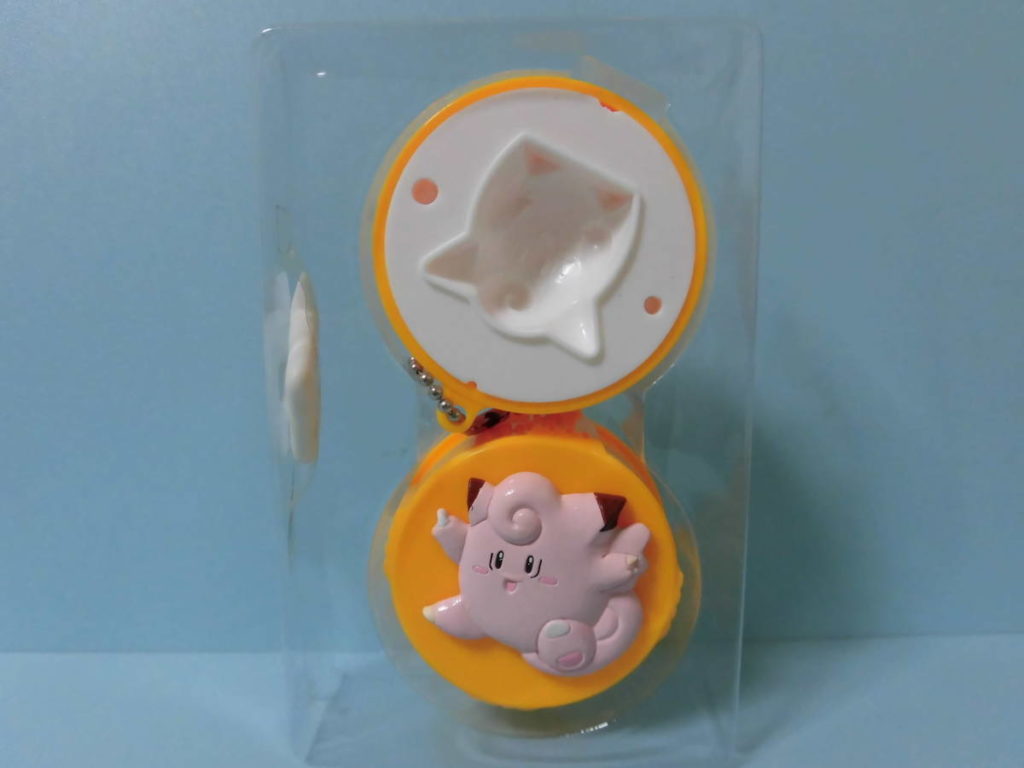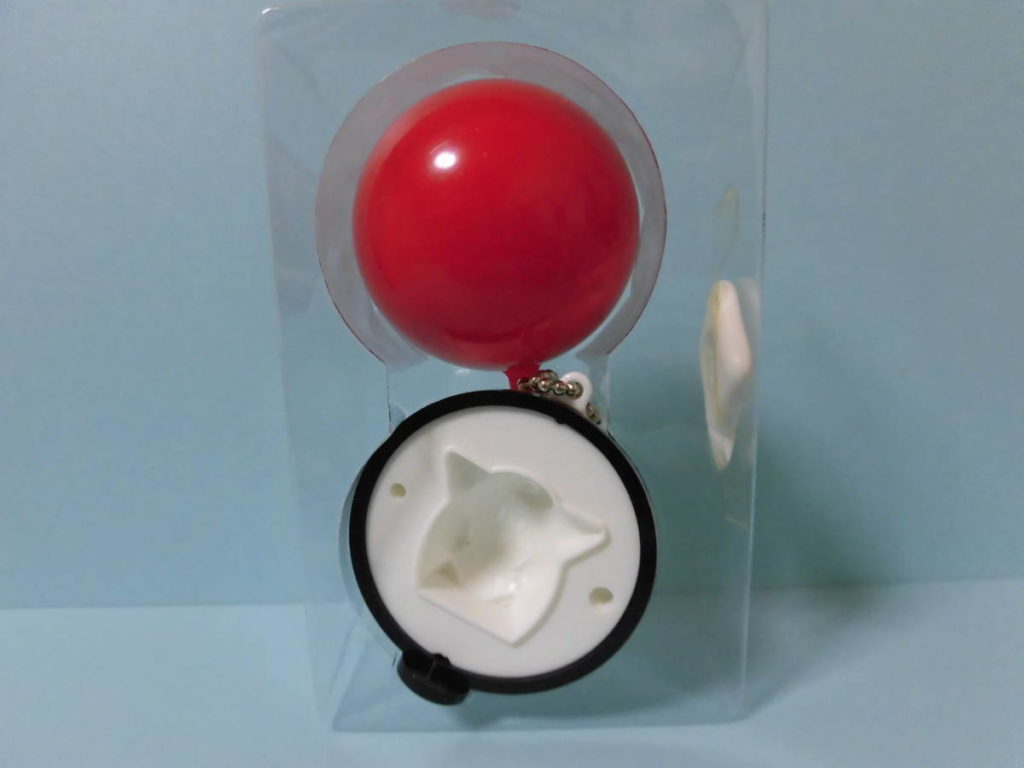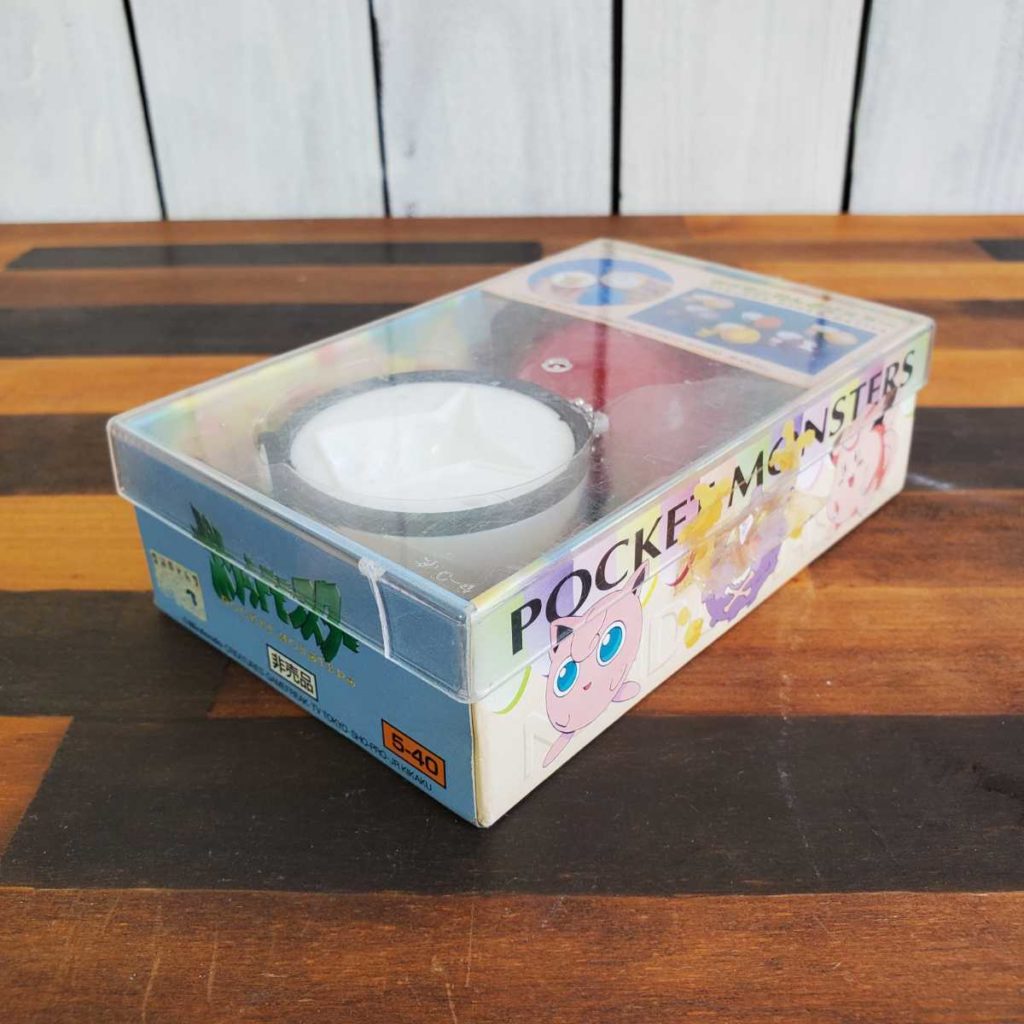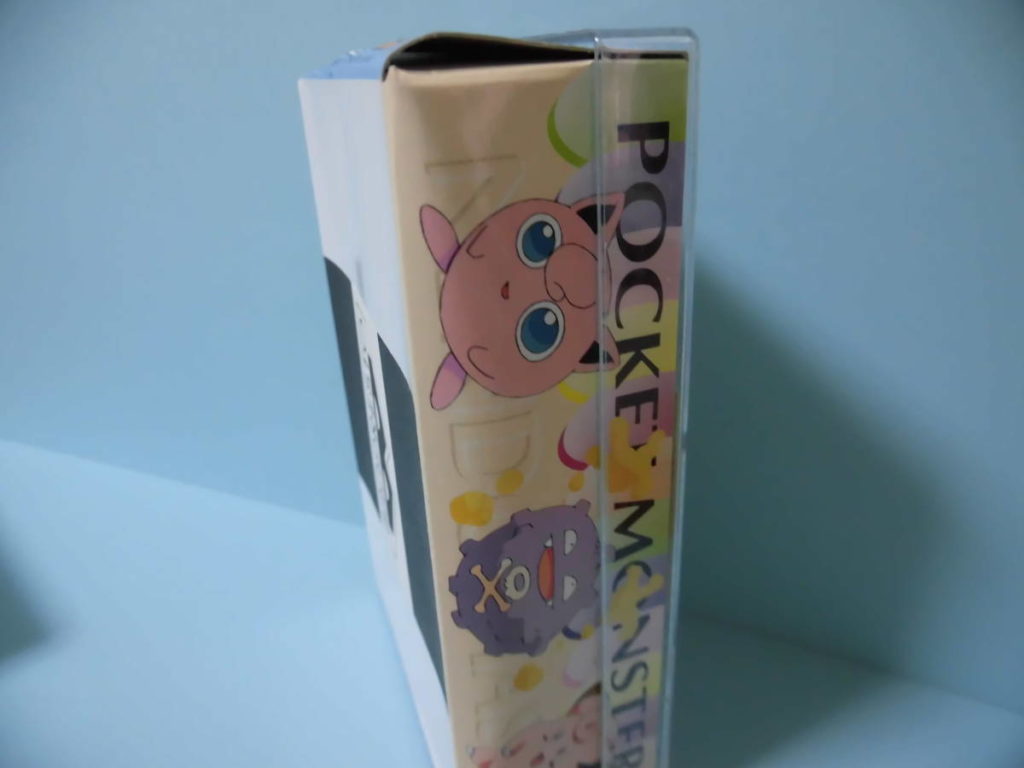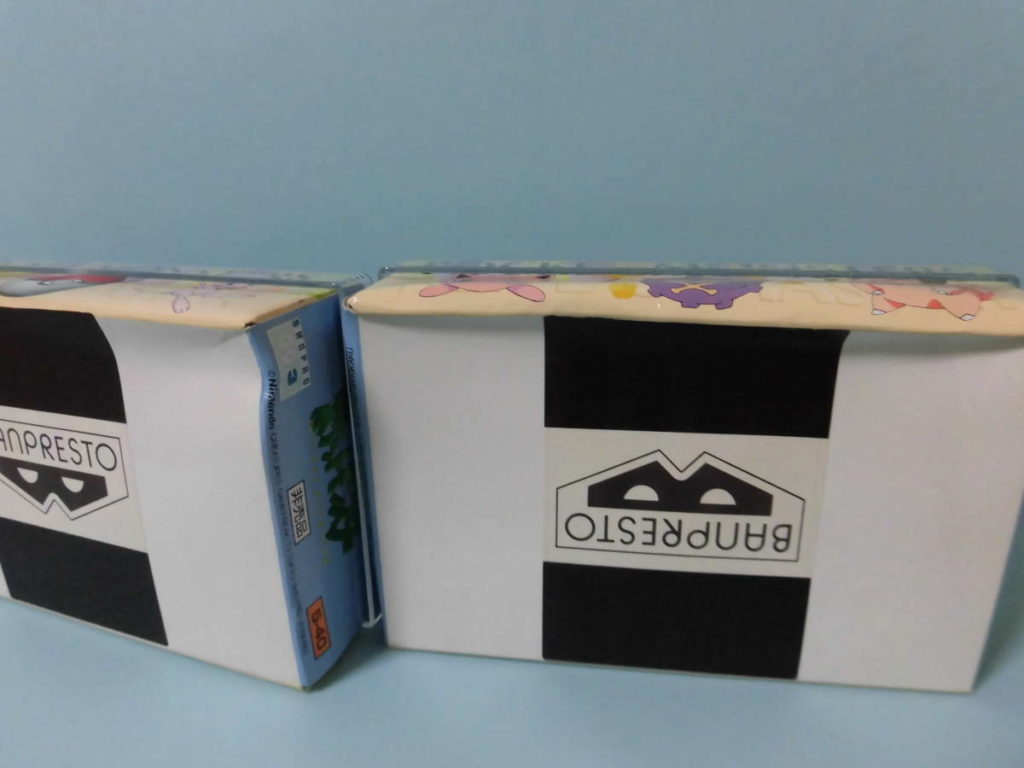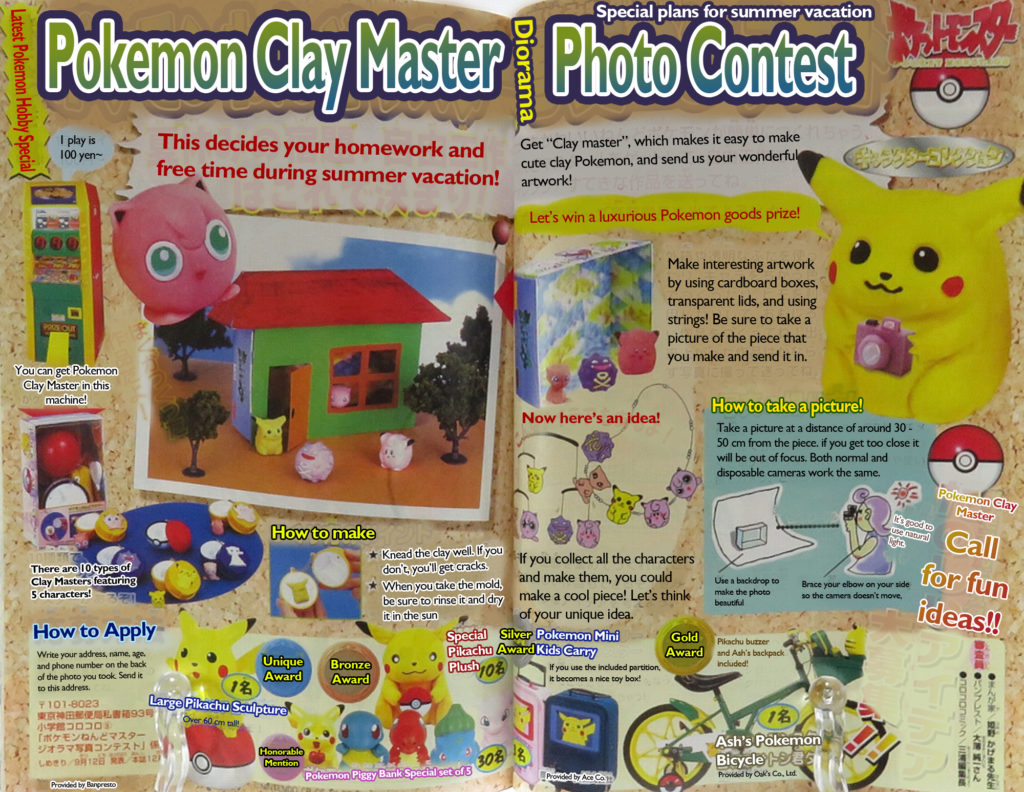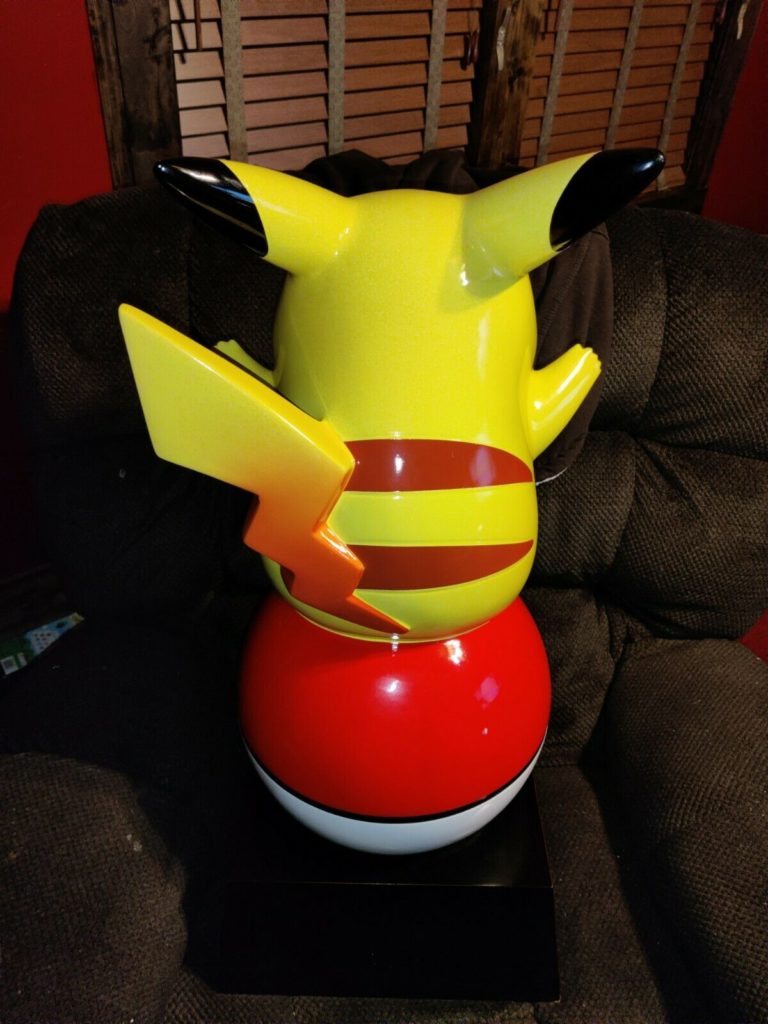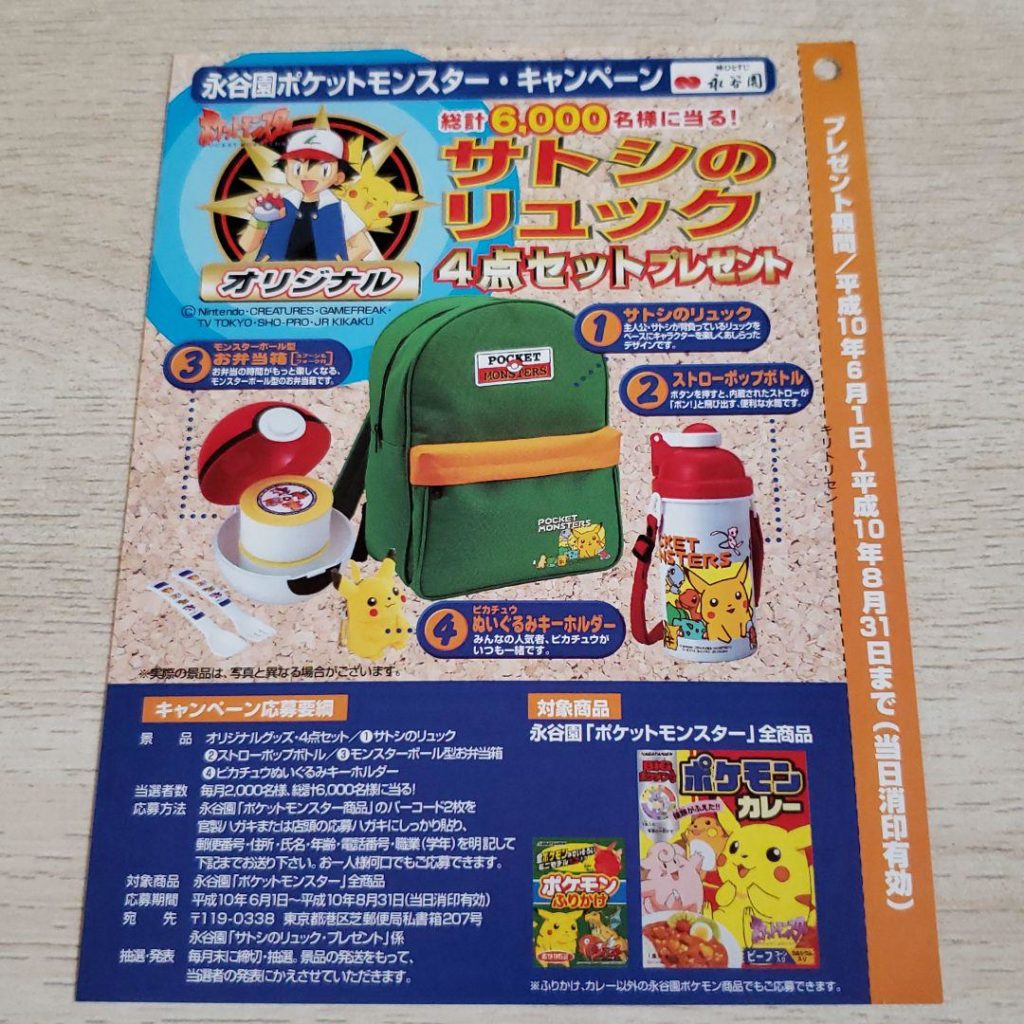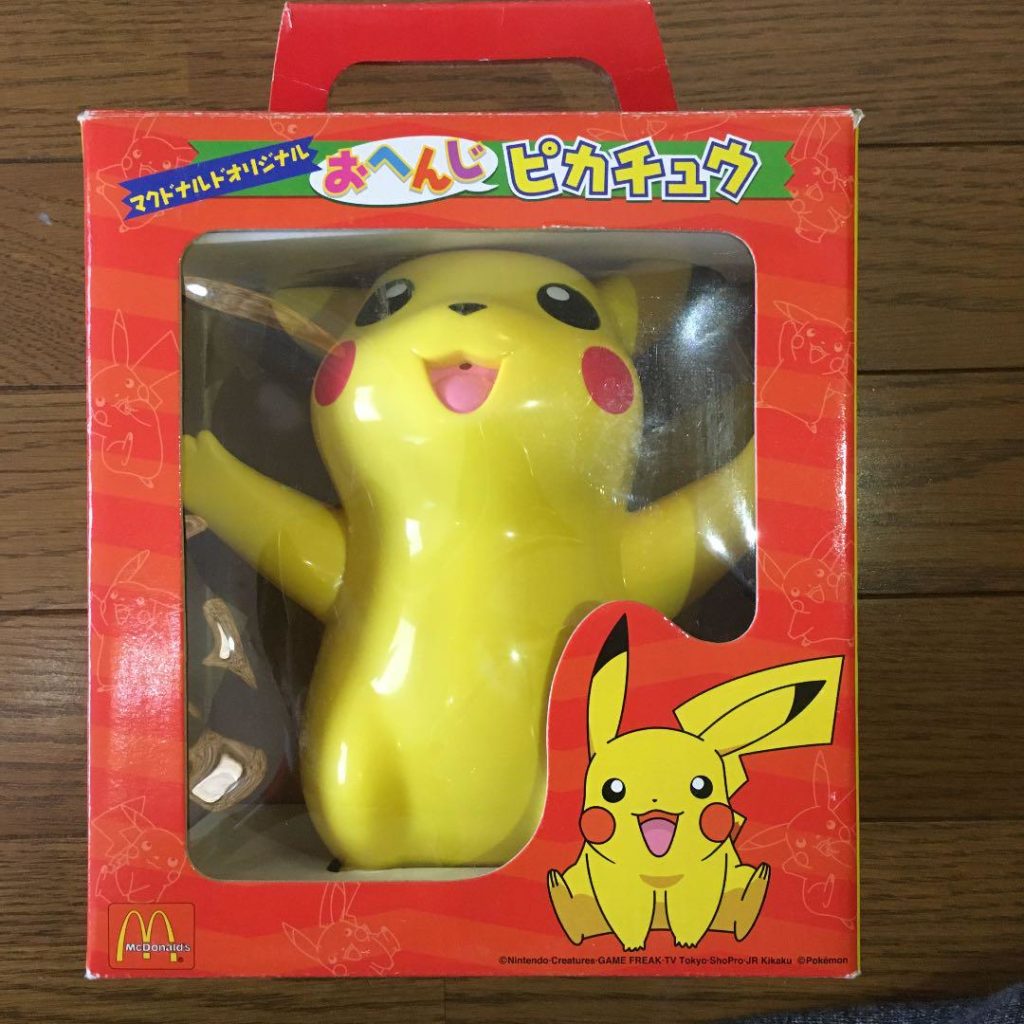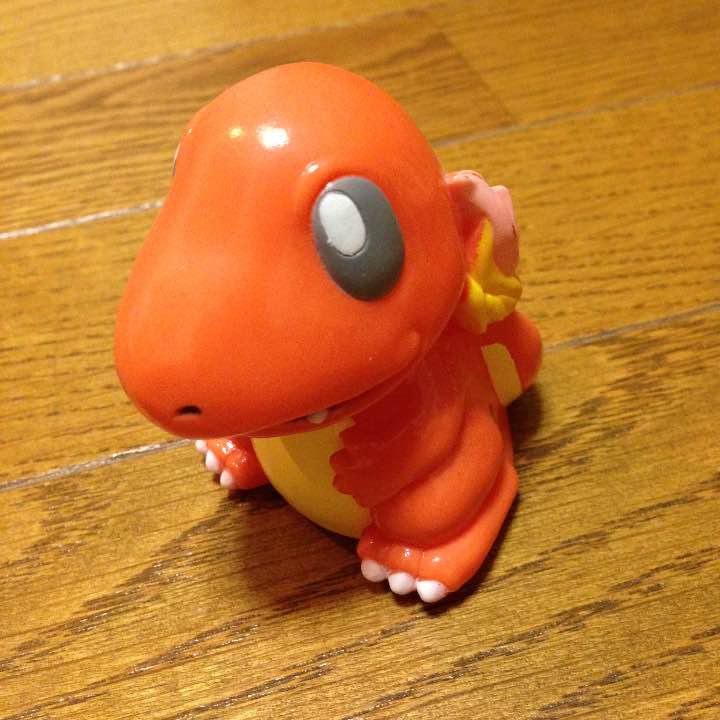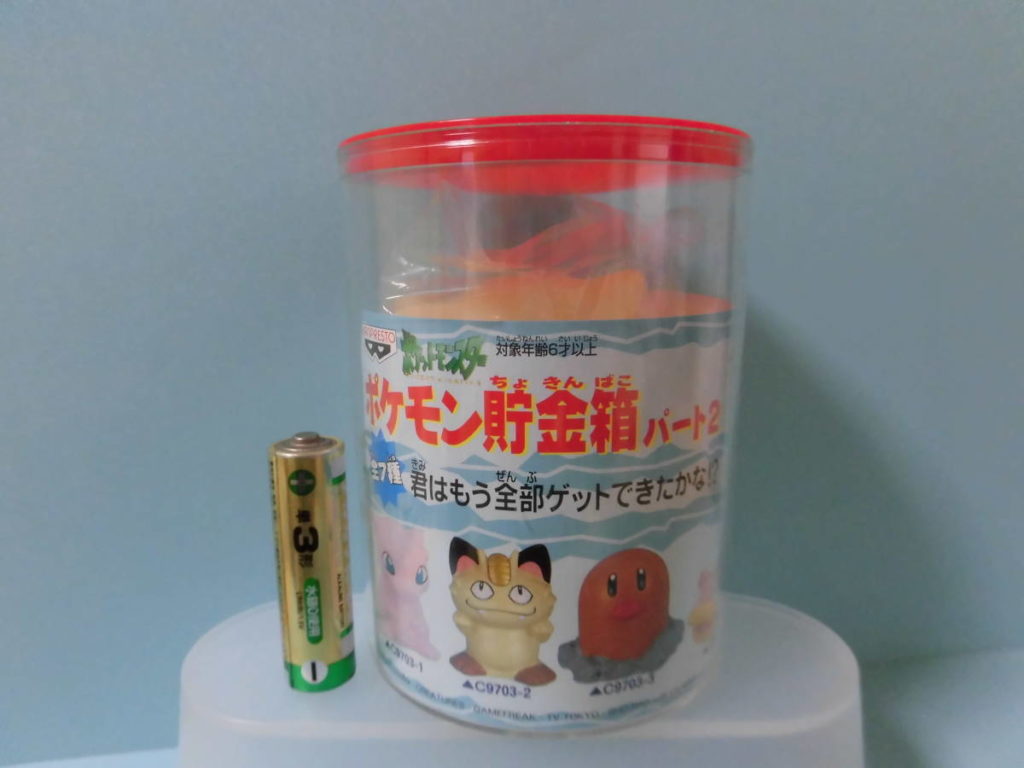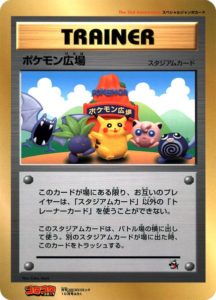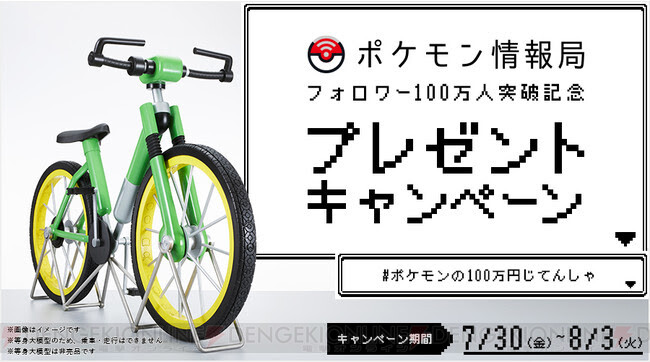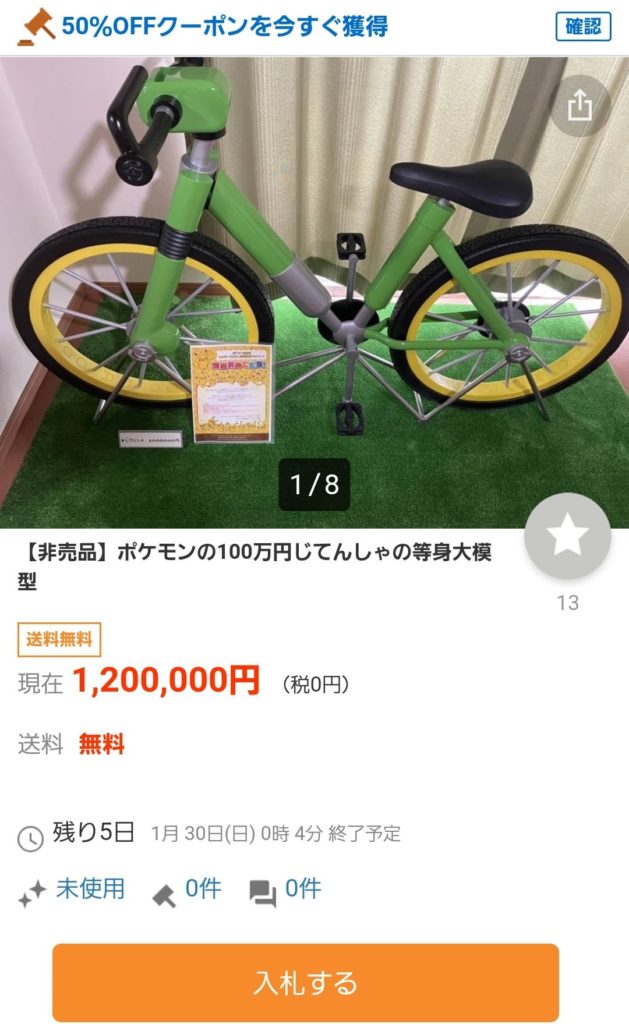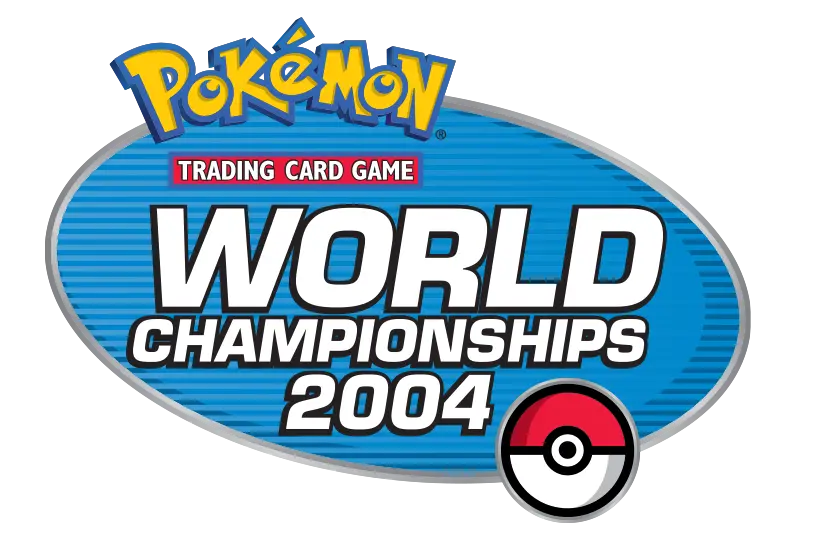In the summer of 1998, Pokemon and Banpresto (a Japanese toy manufacturer now owned by Bandai Namco) teamed up to launch a new toy product line called “Pokemon Clay Master” (ポケモンねんどマスター or “Pokemon Nendo Master”). The toys were plastic clay molds, each for a different Pokemon.
This launch was followed up by a photo contest in CoroCoro Comics, held in an identical fashion to the more well-known ones held for Pokemon Snap in 1999 and Pokemon illustration contests held near the end of 1997.
This contest awarded one of the most unique (and physically large) trophies to come out of the CoroCoro contests from this era: a 3-foot-tall Pikachu trophy. The magazine article says that one was to be awarded, but it’s possible that was per age group as 3 are known to exist, and the magazine did not restrict entry age. Most Pokemon competitions held usually comprise of 3 age groups. Juniors, Seniors, and Masters.
Product launch
Pokemon Clay Master products were announced alongside another two Banpresto Pokemon products in the August 1998 issue of CoroCoro Comic.
The other two products were “Poster Dream”, a line of Pokemon posters inspired by the anime, and “Pokemon Battle Chip”, a disc launcher game.
Banpresto was famous for making fairly affordable children’s toys during this era. They accomplished this by mainly utilizing vending machines and crane games to distribute their toys.
The posters, Battle Chips, and Clay Master products were all distributed through Banpresto vending machines, with each attempt at getting an item costing 100 yen (around $1 USD).
Pokemon Clay Masters were a series of plastic clay molds. There were 5 different Pokemon molds: Pikachu, Koffing, Mew, Clefairy, and Jigglypuff.
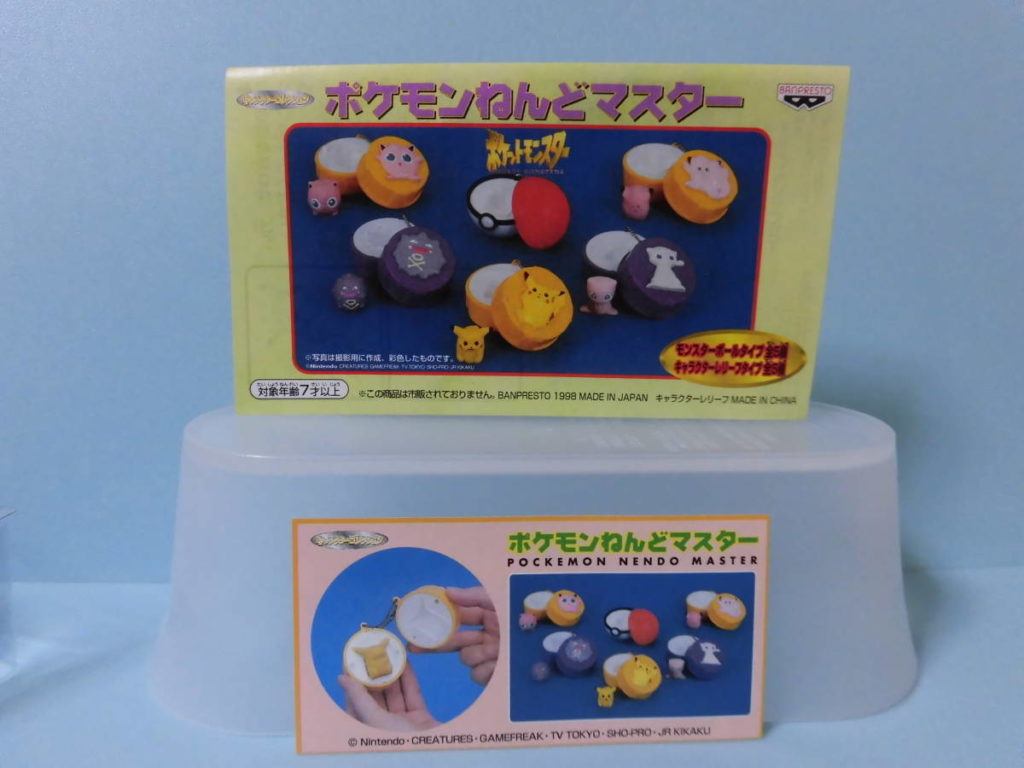
Each of the 5 different Pokemon came in 2 versions: a “Poke Ball type” and a “Character Relief type”. The only difference between the 2 versions was the exterior. The interior mold was identical across both types. The Poke Ball version closed to form a Poke Ball, while the character relief ones featured a relief of the Pokemon on the top.
Each Pokemon Clay Master box was made of cardboard, with a plastic top showing the product inside. The back side of the box showed the Banpresto logo.
The box included an instruction pamphlet, a small plastic spatula to help get clay into the mold, and a wrapped tube of clay.
Contest
A month after the product had launched, CoroCoro Comic and Banpresto teamed up in the September 1998 issue to announce a new contest: “Pokemon Clay Master Diorama Photo Contest”.
Participants had to create a diorama using the clay figures made from the Pokemon Clay Master molds, and arrange them in a photo. This could be an actual diorama, or even something like a hanging crib mobile. To enter, kids had to mail the photo to CoroCoro.
Prizes
There were several prizes from the contest. Some of them were available through other means, and some were exclusive to the competition.
Unique Award: Pikachu Sculpture

Awarded to the “most unique” entry was a nearly 3-foot-tall Pikachu sculpture trophy. This Pikachu sat on top of a base that displayed the contest name on a metal plaque.
The contest page described the statue as over 60 cm tall (around 2 feet), but the actual award was a good deal larger. Additionally, the award specified that only one winner would receive it, but the original mold and 2 additional copies have surfaced in private collections, probably due to age divisions.
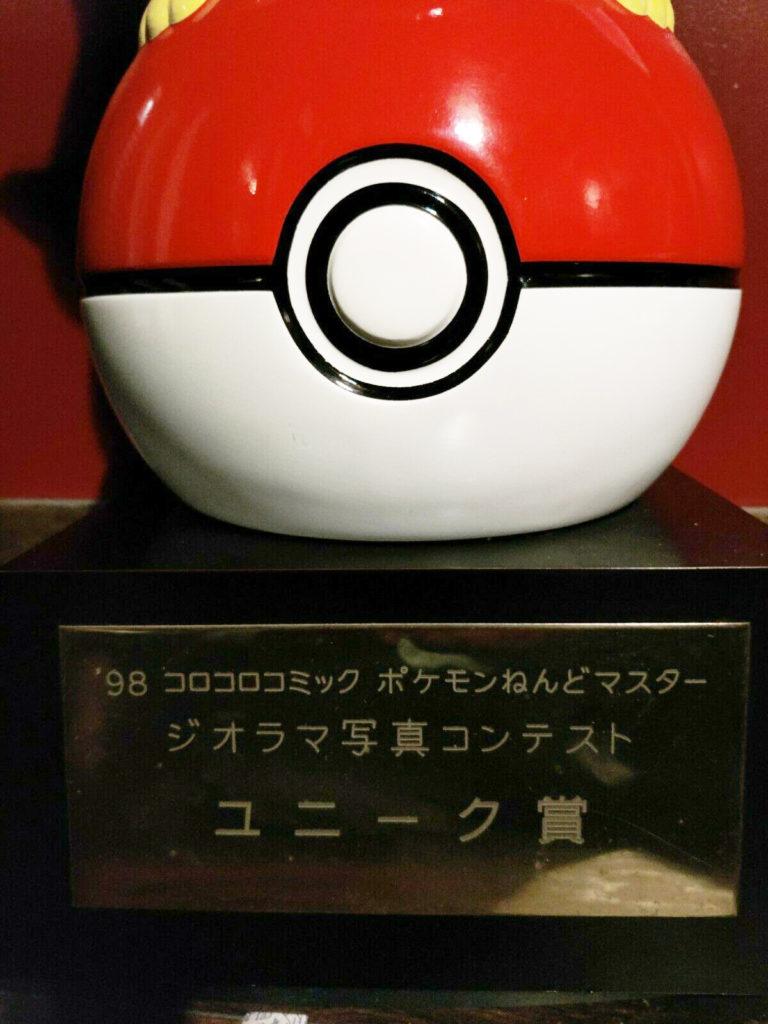

Gold Award: Ash’s Bicycle, Backpack, and Pikachu buzzer
Awarded to the single “Gold Award” winner (likely 1st place), this prize included a Pokemon-themed bicycle (with Pokeball training wheels!) modelled after Ash’s bike in the anime. It also included “Ash’s Backpack”, a product later given away in another contest, and a Pikachu-shaped bike buzzer.
Silver Award: Pokemon Mini Kids Carry-on bag
5 “Silver Award” winners received a small rolling carry-on bags with a Pikachu design. These were made by Ace Co., a Japanese luggage and bag manufacturer. There were two design (one pink for girls, another blue for boys), and they included a partition that allowed you to convert the bag into a toy box.
Bronze Award: Special Pikachu Plush

10 “Bronze Award” winners received a special Banpresto Pikachu plush, holding a Pokeball. It’s unknown if this plush was also distributed via other means.
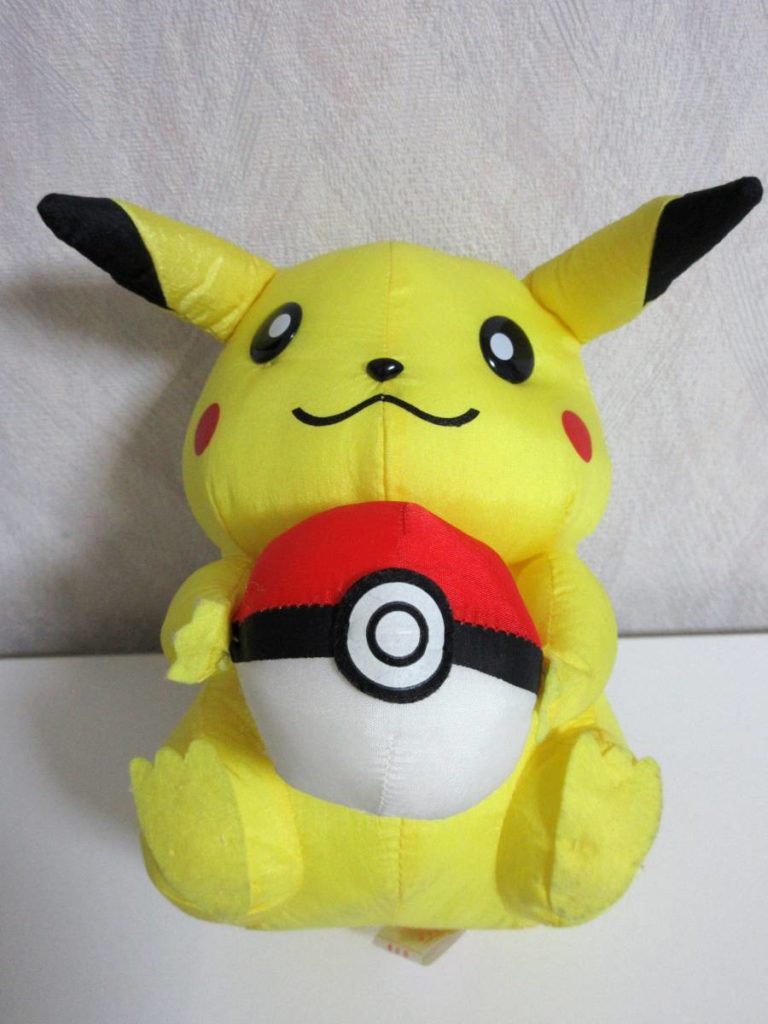

Honorable mention: Set of 5 Pokemon Piggy Banks
30 “Honorable mentions” received a set of 5 plastic Pokemon piggy banks: Pikachu, Squirtle, Charmander, Bulbasaur, and Mew. These piggy banks were distributed through Banpresto machines in blind boxes.
Legacy
Much like the early illustration contests that came before it, and the Pokemon Snap photo contests that came after, the Pokemon Clay Master contest produced unique Pokemon collectibles. It was also the first instance of clay being used as a Pokemon art medium. In the October 1998 issue of CoroCoro Comic (the issue after the contest): famed Pokemon TCG illustrator Yuka Morii illustrated her first TCG card, a jumbo promo included in the magazine.
Additionally, the bike given away as the “Gold Award” was again repeated on Pokemon’s 25th anniversary in 2021. The Pokemon Company commissioned a sculpture of the in-game bike, and jokingly priced it at 1 million yen. This was the price of the bike in the original Gen 1 games before the player was given one for free. This bike sculpture was raffled off to a random winner on Twitter. That winner later listed the bike for sale for 1.2 million yen.
Sources
- CoroCoro Comic, August 1998 issue, pg. 38 -39
- CoroCoro Comic, September 1998 issue, pg. 162 – 163
- https://www.youtube.com/watch?v=JFGnSXkSEKg



